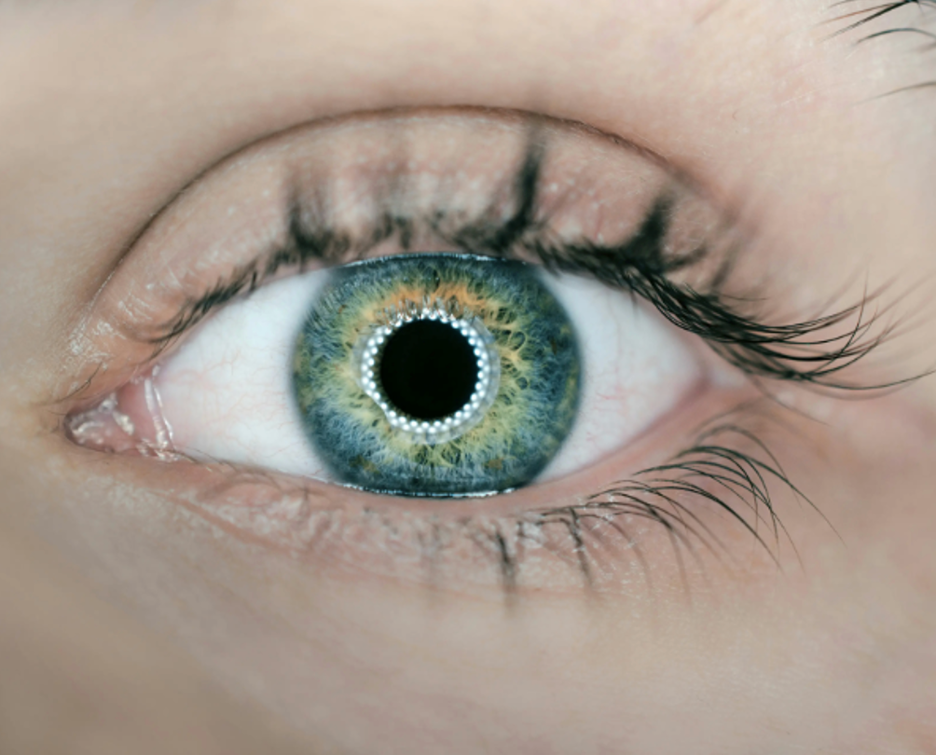Research Calls for Joint Effort in Uveitis and Autoimmune Disease Management
A study using the Military Healthcare Systems database found that 18% of patients with uveitis had a concurrent autoimmune disease diagnosis.
By
Lana Pine
| Published on October 22, 2024
4 min read
Credit: Will Vision & Laser Centers

New research presented at the 128th Annual American Academy of Ophthalmology (AAO) Meeting demonstrates the need for a cross-disciplinary collaboration between rheumatology and ophthalmology providers and an evaluation of trends to help create a standardized diagnostic evaluation for autoimmune disease among patients with uveitis.
Uveitis, a condition that causes inflammation of the eye, can be caused by trauma, infection, idiopathic reasons and inflammatory diseases. Common symptoms can vary from eye pain and conjunctival infection to complete vision loss, depending on the severity of the disease. Idiopathic reasons make up the majority of uveitis cases, with estimates ranging from 48% to 70%. Inflammatory disorders associated with uveitis include inflammatory bowel disease, lupus, multiple sclerosis, sarcoidosis and juvenile idiopathic arthritis.
“Uveitis associated with systemic autoimmune diseases is an area of concern due to the possibility of sight-threatening complications,” said a team of investigators led by Amia Green, MD, associated with the Department of Ophthalmology at the Walter Reed National Military Medical Center. “Timely diagnosis is critical in mitigating complications and improving outcomes.”
According to researchers, the rising prevalence of ocular complications is linked to the increasing global prevalence of autoimmune diseases. These can occur due to the disease itself or from the drugs used to treat the condition.
The prevalence of uveitis varies widely depending on the population included, with estimates ranging between 17 and 112 cases per 100,000 people per year, according to data published in the Journal of Ophthalmology. The review also showed uveitis and concomitant systemic autoimmune disease accounts for between 6% and 25% of cases.
To determine the epidemiologic trends of uveitis, including the risk factors, frequency, incidence and any differences in age and gender for autoimmune diseases among patients with noninfectious uveitis within the Military Healthcare Systems (MHS), investigators used the MHS Management and Analysis Reporting Tool from 2017 to 2022 to find demographics data and International Classification of Diseases, 10th Revision (ICD-10) codes. Patients with either systemic autoimmune diseases or uveitis were identified, and incidence rates of uveitis were measured among patients who had both conditions. They also calculated the number of days between both diagnoses as well as the relative risk of patients diagnosed with uveitis and an autoimmune disease.
A total of 508,296 patients with autoimmune disease and 47,617 patients with uveitis were identified during the search. Among the cohort of patients with uveitis, 18% had a concomitant autoimmune disease diagnosis.
Results revealed the incidence rate of autoimmune disease was higher among men compared with women. Out of the 290,053 female patients with an autoimmune condition, 3,484 had uveitis. This is compared with the almost 28 million female patients who didn’t have an autoimmune disease, of which 23,294 were diagnosed with uveitis. Among the 140,302 male patients with an autoimmune disease, 1,601 had uveitis. This is compared with the 29 million male patients without autoimmune conditions, of which 19,241 had concurrent uveitis.
The relative risk of an autoimmune diagnosis was the highest in the 30-day span before and after being diagnosed with uveitis. The most common diagnosis was ankylosing spondylitis in adults and Kawasaki disease in children.
“To our knowledge, our study represents the first review of the Department of Defense database for the cohort of patients with both uveitis and systemic autoimmune diseases,” investigators concluded. “Quality improvement projects to design algorithms for the delivery of time-sensitive and cost-efficient patient care are in progress.”

